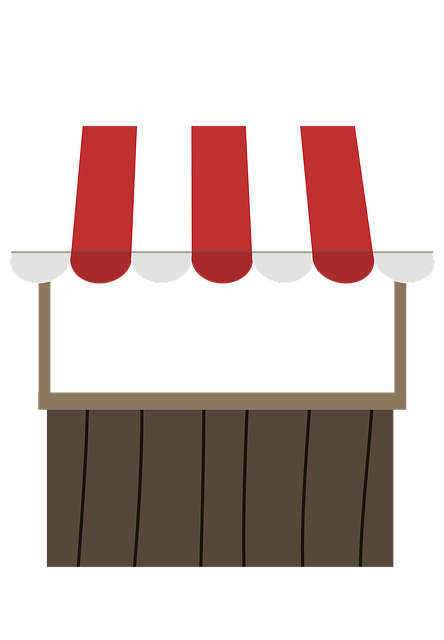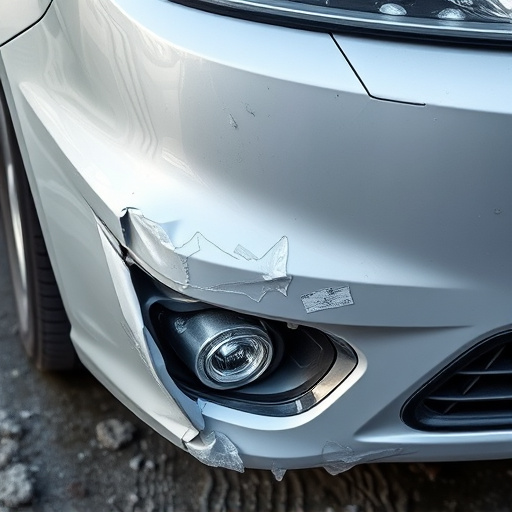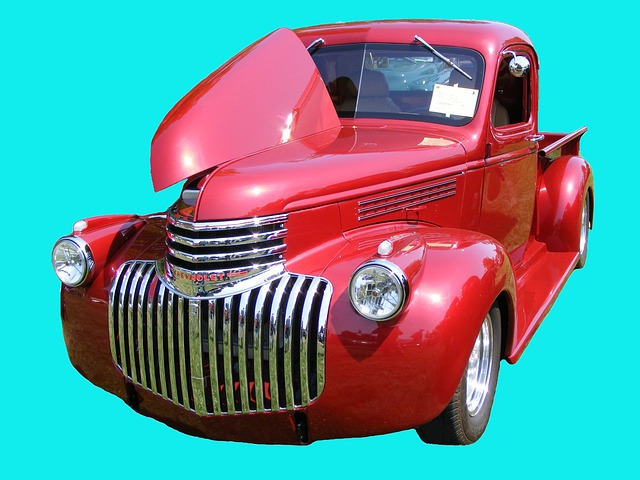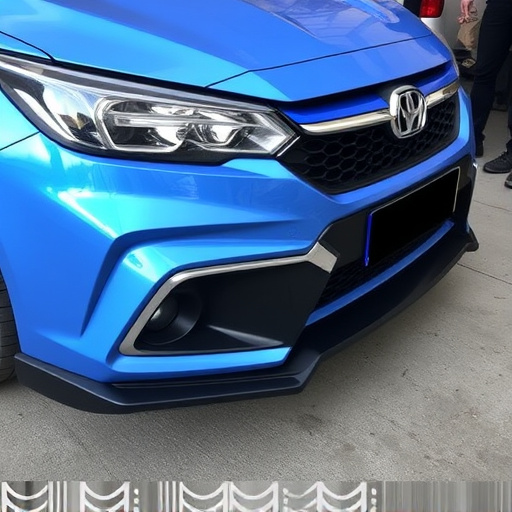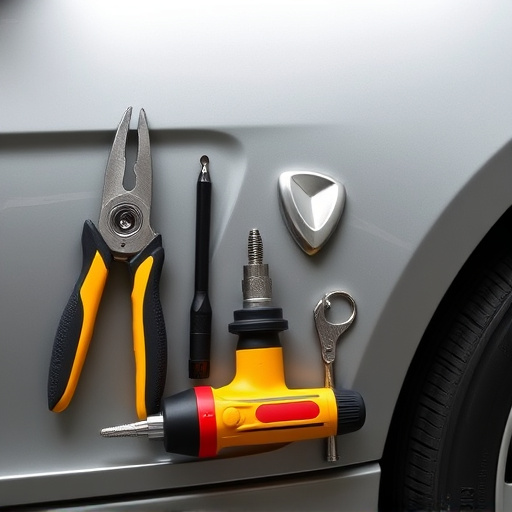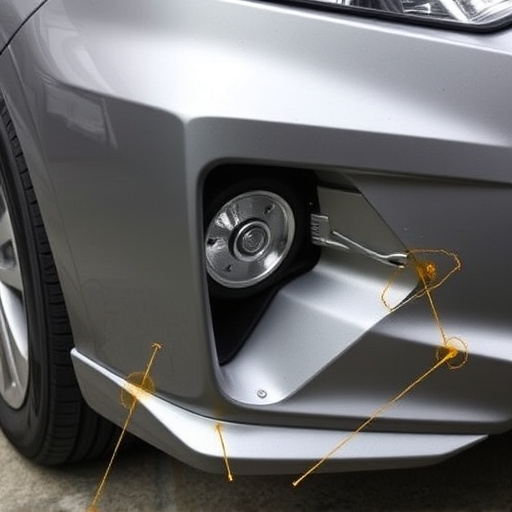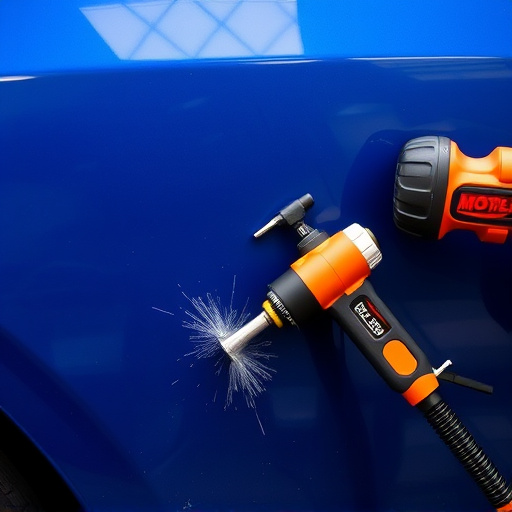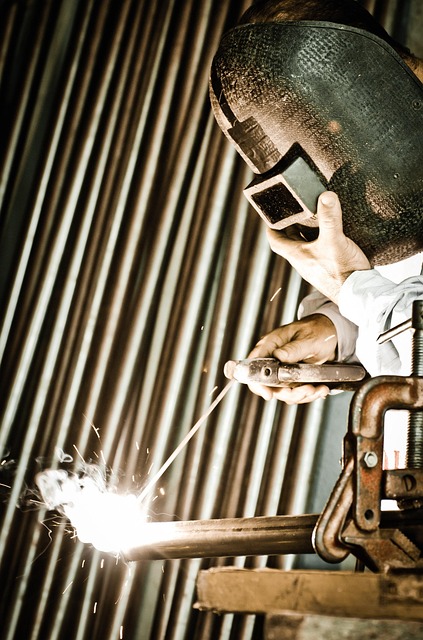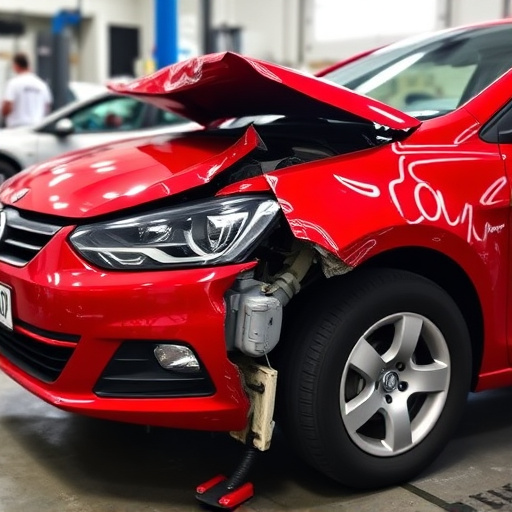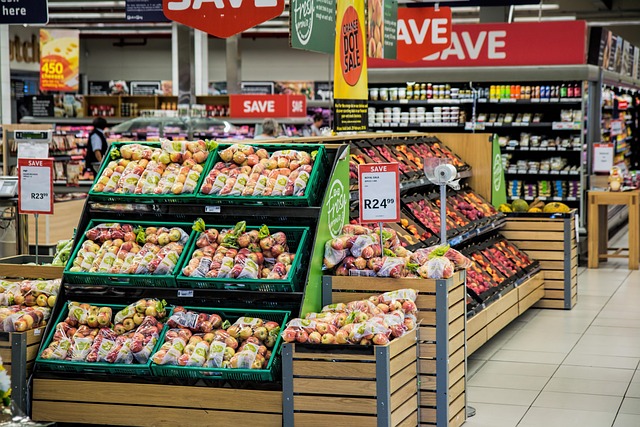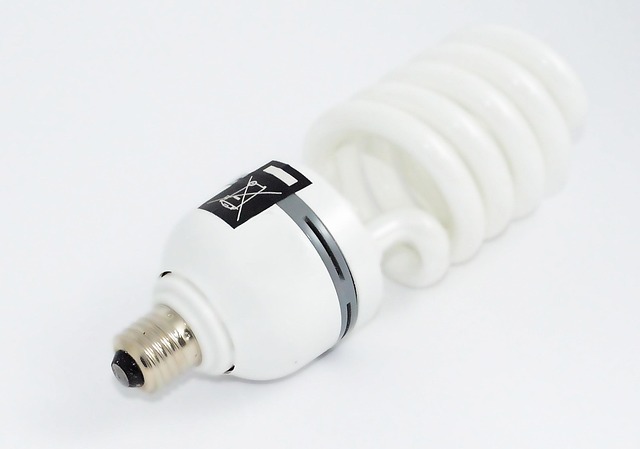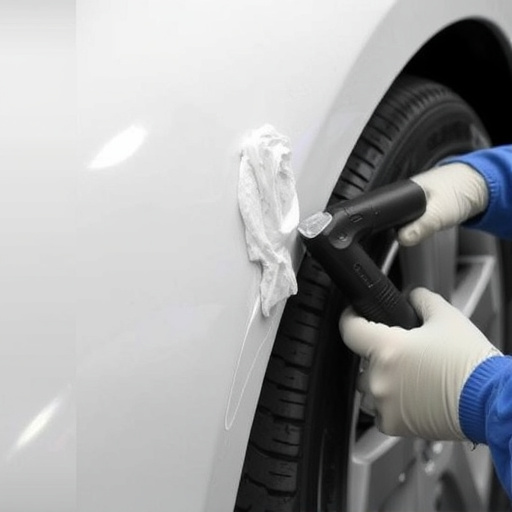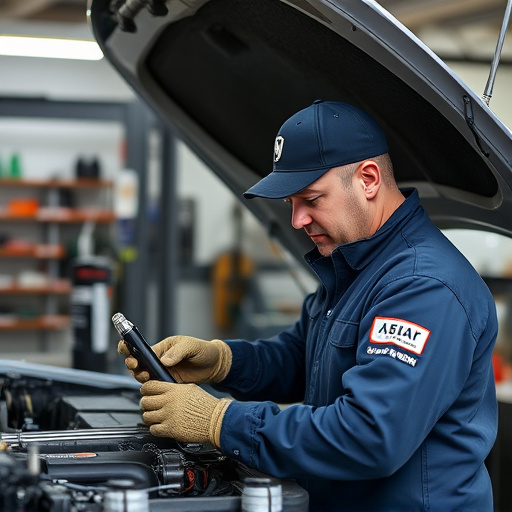The traditional manual method of achieving OEM-matching colors in automotive collision repair is slow and error-prone due to subjective visual comparisons, variable lighting, and evolving paint formulations. Computerized paint matching systems offer a revolutionary solution by providing precise, reliable, and efficient color analysis, ensuring exact matches both visually and chemically. These advanced systems streamline the repair process, enhance overall restoration quality, and resolve challenges with complex finishes and rare colors, meeting the needs of car enthusiasts and professionals alike.
In the precision manufacturing realm, Original Equipment Manufacturer (OEM) matching demands impeccable color consistency. The traditional manual process, though labor-intensive, is prone to human error and lacks uniformity. This is where Computerized Paint Matching (CPM) revolutionizes the game. CPM leverages advanced technology to deliver accurate, swift results, minimizing errors and ensuring consistent color outcomes. By understanding the challenges of OEM matching without CPM, exploring its advantages, and following a structured guide for implementation, manufacturers can streamline their processes, enhance quality control, and elevate customer satisfaction.
- The Challenges of OEM Matching Without Computerized Paint Matching
- – Discuss the manual process and its limitations
- – Highlight issues with color perception and consistency
The Challenges of OEM Matching Without Computerized Paint Matching
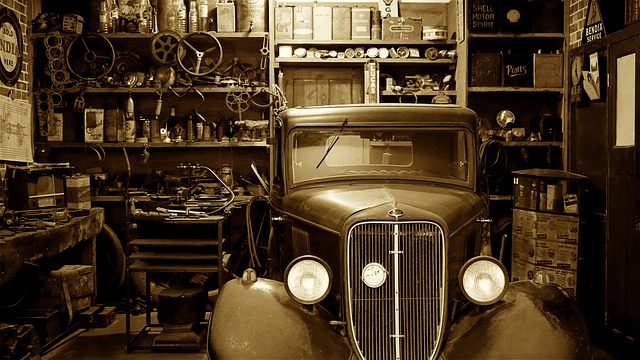
Without computerized paint matching technology, achieving Original Equipment Manufacturer (OEM) matching during automotive repair or bumper repair can be a complex and time-consuming task for technicians in the automotive collision repair industry. The process involves matching not just the color of the paint, but also its texture, reflectivity, and other subtle characteristics to ensure a perfect restoration. Traditionally, this has relied on manual comparison of swatches with the damaged part, which can be inconsistent due to human error, variations in lighting conditions, and the constant evolution of paint formulations.
This challenge is further exacerbated by the vast number of unique car colors and finishes available, making it difficult for technicians to locate an exact match. Manual methods also limit the ability to quickly check a wide range of options, which can delay the repair process. Computerized paint matching systems address these issues by providing accurate, consistent, and efficient color analysis, ensuring that each replacement part matches not just visually but in terms of chemical composition, making it the preferred choice for professionals in the automotive repair sector.
– Discuss the manual process and its limitations
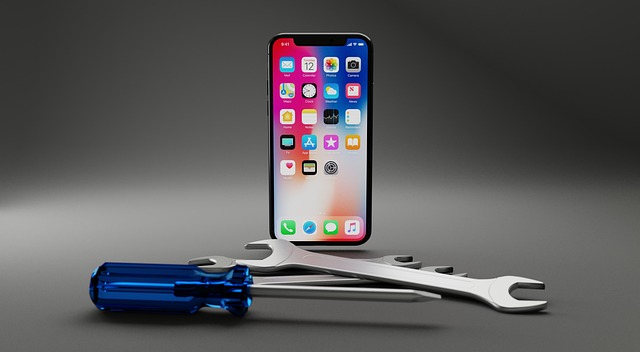
The manual process of matching OEM (Original Equipment Manufacturer) paint has long been a time-consuming and intricate task in the auto industry, often relying on the skilled eyes of experienced technicians. This traditional method involves comparing physical samples of paint chips or swatches against the damaged vehicle’s existing color. While this approach requires an expert’s touch, it comes with several limitations. The human eye can only perceive so much detail, and subtle variations in shade, tint, or even base color can be difficult to discern without extensive training. This subjectivity often leads to imperfect matches, resulting in visible discrepancies that can degrade the overall restoration quality, particularly in complex vehicle restoration projects like car scratch repair.
Furthermore, the manual process is inherently slower and more prone to human error, which can be a significant issue when dealing with large-scale operations or high-volume auto body repairs. With computerized paint matching systems, these challenges are significantly mitigated. These advanced technologies utilize sophisticated algorithms and databases of known OEM paint codes, allowing for a more precise and efficient comparison process. By inputting a vehicle’s specific color data, the system can quickly identify matching paints, taking into account not just visible appearance but also underlying chemical compositions and digital specifications, thus ensuring a seamless match in vehicle restoration efforts.
– Highlight issues with color perception and consistency
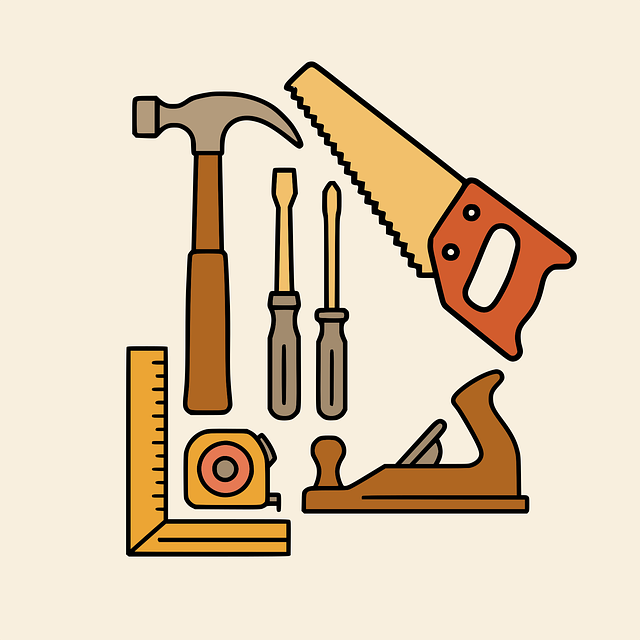
In the realm of vehicle repair services and car body restoration, ensuring color consistency across various makes and models is a complex task. Traditional methods often struggle with accurate color perception, leading to visible inconsistencies in paint jobs. This issue is particularly pronounced when dealing with intricate finishes or rare vehicle colors, which can be challenging to match precisely using conventional techniques. Manual matching relies on the expertise of technicians, but it’s time-consuming and prone to human error.
Computerized paint matching offers a revolutionary approach by leveraging advanced technology to overcome these challenges. By taking precise measurements and analyzing vast color databases, these systems provide an unparalleled level of accuracy. Whether for a Mercedes Benz repair or any other brand, computerized paint matching ensures that the restored vehicle maintains its original aesthetic, delivering a seamless and satisfying result for car enthusiasts and professionals alike.
In light of the above, it’s clear that computerized paint matching significantly eases OEM (Original Equipment Manufacturer) matching. By eliminating manual processes prone to human error, this technology ensures consistent and accurate color replication. This advancement not only streamlines production but also enhances the overall quality and aesthetic appeal of manufactured goods, proving that embracing innovative solutions like computerized paint matching is a game-changer for industries aiming for precision and consistency.
